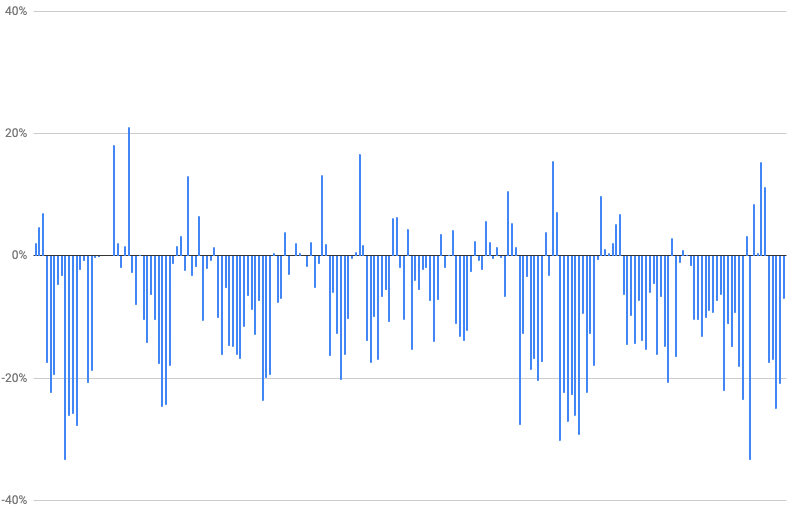Well now! We have less than a week left in the 5.8 release cycle, and this was its final devchat.
@francina welcomed several new attendees and opened the chat with this agenda (props @jeffpaul!).
Notable blog (versus network, site) posts
5.8 RC 3 is here. Please test the release and report any last-minute issues!
A Week in Core for last week highlights 44 contributors, two of them new and 14 active committers. Props @audrasjb!
Ever wondered why we use chat instead of video? So did Arnold Wright KITI, and here’s the discussion that followed.
Three items of Gutenberg The Gutenberg project is the new Editor Interface for WordPress. The editor improves the process and experience of creating new content, making writing rich content much simpler. It uses ‘blocks’ to add richness rather than shortcodes, custom HTML etc. https://wordpress.org/gutenberg/ news:
- Gutenberg reached 11.0 with a basketful of enhancements.
- Check out the latest Editor chat summary, here.
- And there’s a late-breaking dev note that pertains to the editor API An API or Application Programming Interface is a software intermediary that allows programs to interact with each other and share data in limited, clearly defined ways..
If JavaScript JavaScript or JS is an object-oriented computer programming language commonly used to create interactive effects within web browsers. WordPress makes extensive use of JS for a better user experience. While PHP is executed on the server, JS executes within a user’s browser. https://www.javascript.com/. is your jam, the Core JS team is changing its office hours.
And, the mobile teams would really like you to test their respective beta A pre-release of software that is given out to a large group of users to trial under real conditions. Beta versions have gone through alpha testing in-house and are generally fairly close in look, feel and function to the final product; however, design changes often occur as part of the process. releases, for iOS here and for Android here.
Upcoming release: 5.8
A final schedule reminder: we’re in the RC period, with a hard string freeze. RC 4 is slated for Thursday, July 15 at 16:00 UTC (Ed. note: basically now, at this writing) and final release in FIVE DAYS on Tuesday, July 20.
@desrosj gave a detailed report on what still needs to happen before Tuesday. He also covered what’s going in the RC 4 release. Please check out his review and pitch in if you can!
If you’re interested in the process of Core Core is the set of software required to run WordPress. The Core Development Team builds WordPress. development, you’ll want to see the discussion that followed, about the tickets involved and how they arose. The team is following a new, more traditional process that @francina championed for this release and has also had strong public advocates in @azaozz, @audrasjb, and others.
@chanthaboune raised this Polyglots/WP-CLI ticket and asked for some quick eyeballs.
Component maintainers
@sergeybiryukov reported in for Build/Test Tools: they’re working hard to modernize the WordPress unit test Code written to test a small piece of code or functionality within a larger application. Everything from themes to WordPress core have a series of unit tests. Also see regression. suite with tickets #53363 and #53491.
Open floor
@francina used the last ten minutes of the chat to go back to @Arnold W. K.’s questions and give more context about how the Core team does things.
She also asked first-time attendees how they happened to find their way to the channel.
You can catch the discussion verbatim here.
(Ed. note: Updated Friday, July 16) @webcommsat reminded the group of two things:
Marketing is still accepting ideas for social-media posts on this Social Sharing Google Doc. Questions? Ask her, @marybaum or @meher.
Marketing also still wants to know: what’s your favorite feature? Add your nomination, and why it’s your favorite, to this Google Doc.
#core, #dev-chat, #summary

You must be logged in to post a comment.